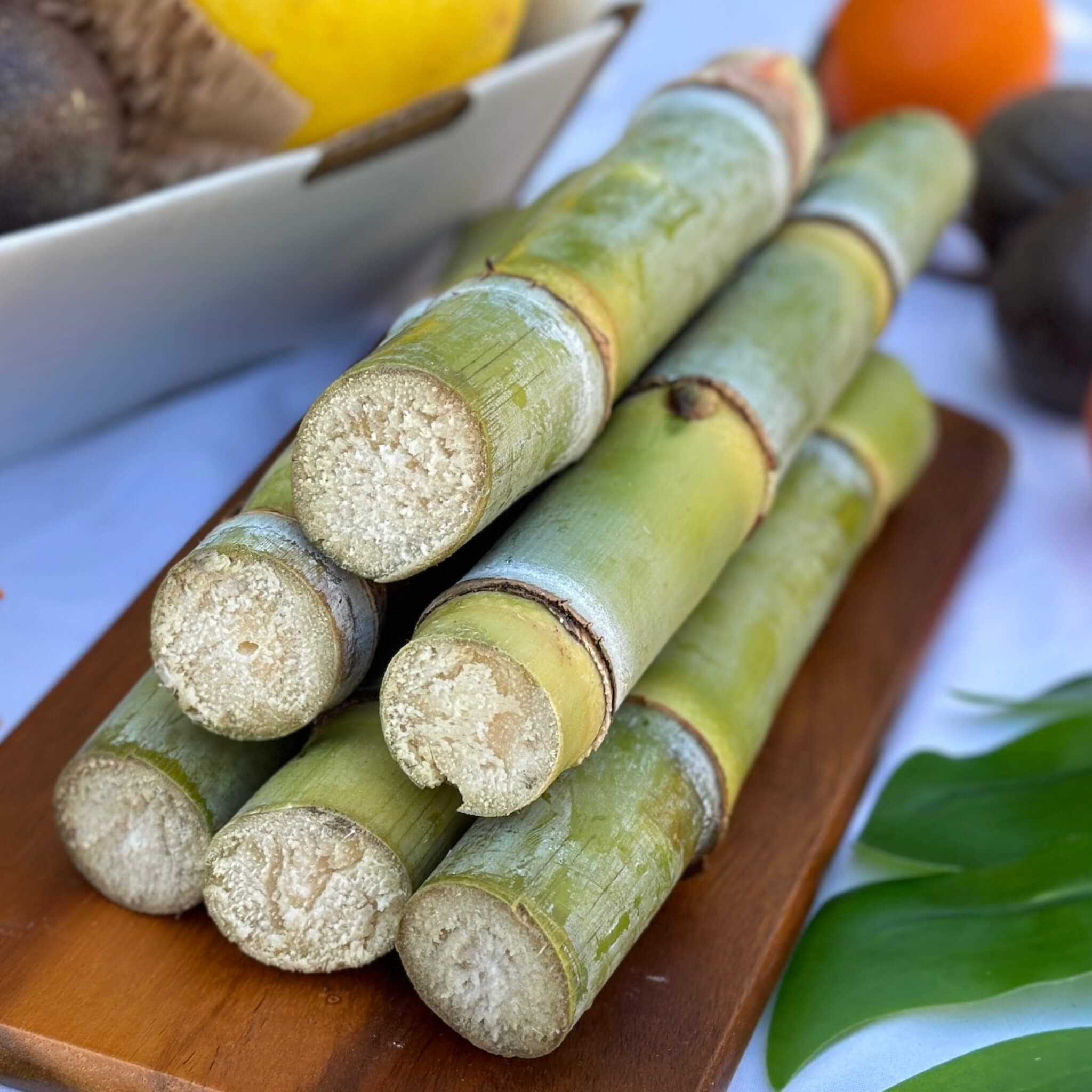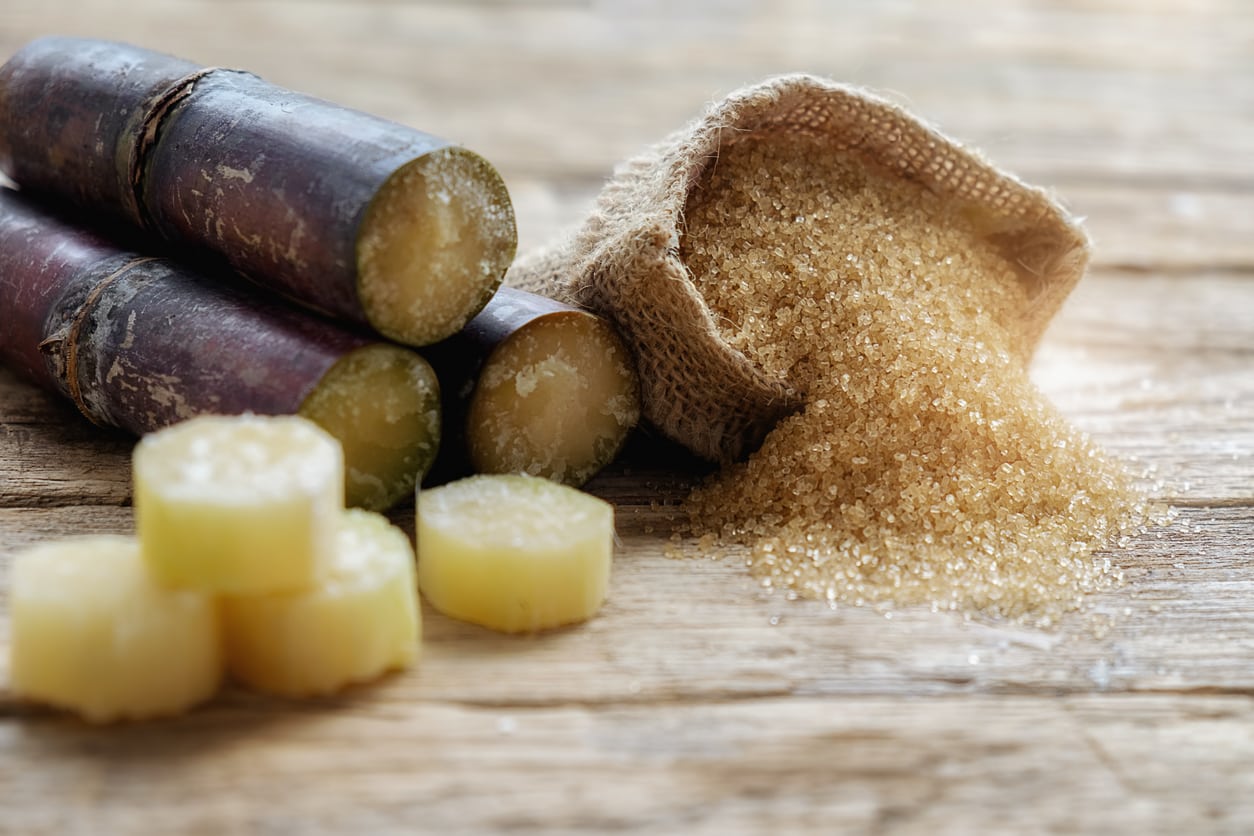The Environmental Impact of Growing Sugar and Cane in Various Regions
The Environmental Impact of Growing Sugar and Cane in Various Regions
Blog Article
Why Walking Stick Sugar Processing Chemicals Are Critical for Modern Sugar Refining
The role of walking stick sugar processing chemicals in modern sugar refining can not be overemphasized, as they are indispensable to boosting both the performance of extraction and the total high quality of the final item. Agents such as phosphoric acid and particular flocculants are employed to get rid of impurities, resulting in sugar that not only meets consumer assumptions yet also adheres to industry criteria.
Duty of Handling Chemicals
The effectiveness of walking cane sugar processing pivots dramatically on the strategic application of processing chemicals. These chemicals play a pivotal function in improving the efficiency and quality of sugar removal and refining. From the initial phases of juice removal to the final filtration steps, handling chemicals promote various critical operations.
In the removal phase, chemicals such as phosphoric acid and calcium hydroxide are used to maximize the clarification process, helping to get rid of pollutants and put on hold solids from the cane juice. This not only improves the yield yet additionally makes sure the quality of the end product. In addition, agents like flocculants help in the fast settling of pollutants, thus streamlining the general process.
As the processing advances, chemicals are used in decolorization and crystallization phases. Turned on carbon and ion exchange resins serve to eliminate shade and odor, ensuring that the refined sugar satisfies consumer top quality criteria. Inevitably, the function of handling chemicals expands beyond operational effectiveness; they dramatically impact the sensory qualities of the end product, adding to market competition. Thus, the meticulous option and application of these chemicals are essential for accomplishing optimum results in walking cane sugar handling.
Trick Types of Chemicals
Walking stick sugar handling counts on a range of key chemicals that facilitate each phase of manufacturing. These chemicals play necessary roles in clarifying, lightening, and detoxifying the sugar extracted from cane.
One main category of chemicals includes flocculants, such as polyacrylamide, which aid in the information process by advertising the aggregation and settling of contaminations. Additionally, calcium hydroxide is often used to neutralize acidity and aid in the elimination of non-sugar elements.
Lightening representatives, such as activated carbon and sulfur dioxide, are used to decolorize the syrup, causing a more clear final product. These chemicals help remove color compounds that may influence the sugar's appearance and marketability.
In addition, phosphoric acid functions as a pH regulatory authority throughout the handling stages, ensuring optimum conditions for the chemical activities associated with sugar extraction and filtration.
Other important representatives include edta (ethylenediaminetetraacetic acid), which chelates steel ions that could militarize unfavorable responses, and salt hydroxide, which helps in pH control throughout the refining process. Jointly, these chemicals improve effectiveness and make sure a top notch walking cane sugar item.
Benefits for Sugar Quality
Usually ignored, the use of particular processing chemicals considerably improves the total high quality of walking stick sugar. These chemicals play an essential function in refining processes, guaranteeing that the end product fulfills rigid industry standards for pureness and taste.

Furthermore, refining chemicals help in achieving a regular granulation and structure, which are vital for customer acceptance. By managing the formation procedure, these chemicals make sure that the sugar crystals develop evenly, bring about an extra appealing item that liquifies well in numerous applications.
Furthermore, the use of these chemicals can enhance the service life of cane sugar by minimizing moisture absorption and microbial development. Generally, the tactical application of processing chemicals is crucial for providing high-quality cane sugar that satisfies consumer expectations and industry needs.
Environmental Effect Factors To Consider

In addition, the energy-intensive nature of sugar refining, worsened by chemical usage, often leads to boosted carbon discharges. This adds to climate change and raises concerns pertaining to the sustainability of current refining techniques. In addition, the sourcing of these chemicals might include methods that endanger biodiversity, such as monoculture farming, which minimizes the durability of agricultural ecological communities.

To reduce these influences, sugar refiners are progressively exploring sustainable alternatives and taking on ideal practices that decrease chemical usage. Applying extensive environmental management systems can aid guarantee that the refining process straightens with environmental requirements and promotes biodiversity. Ultimately, a well balanced method that prioritizes both sugar high quality and environmental stewardship is important for the lasting viability of the sugar industry.
Future Fads in Refining
As the sugar market faces the environmental challenges connected with typical refining methods, innovative approaches are arising anchor to improve both effectiveness and sustainability. One substantial trend is the fostering of eco-friendly chemistry principles, which focus on making use of safe, biodegradable processing chemicals. This change not just minimizes ecological influence yet likewise addresses consumer demand for cleaner production methods.
One more encouraging development is the implementation of sophisticated filtration modern technologies, such as membrane splitting up and adsorption procedures. These techniques enhance the quality and high quality of the sugar while decreasing the quantity of wastewater created throughout refining. In addition, the integration of digital modern technologies, consisting of IoT and AI, is changing functional performance by enabling real-time monitoring and predictive upkeep, hence decreasing resource waste.
Additionally, using spin-offs from sugar refining, such as bagasse and molasses, is acquiring grip. These products can be converted right into biofuels or value-added items, contributing to a round economic climate within the sector. Collectively, these patterns indicate a change towards even more sustainable techniques that not just improve functional effectiveness yet likewise align with international sustainability objectives, guaranteeing the future feasibility of sugar refining.
Final Thought
Walking cane sugar handling chemicals are necessary in contemporary sugar refining, dramatically boosting the efficiency and quality of sugar removal. The strategic use these chemicals not only improves the pureness and flavor of the end product yet also makes certain regular crystallization and texture. As the sector significantly prioritizes sustainability, the fostering of environmentally-friendly handling representatives is likely to shape future trends in refining, eventually bring about higher top quality items and expanded life span for consumers.

Eventually, a well balanced approach that focuses on both sugar quality and ecological check my source stewardship is essential for the long-term stability of the sugar industry.
Cane sugar handling chemicals are crucial in modern sugar refining, dramatically enhancing the effectiveness and high quality of sugar extraction.
Report this page